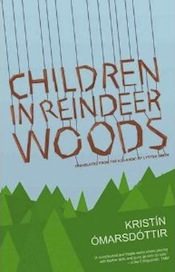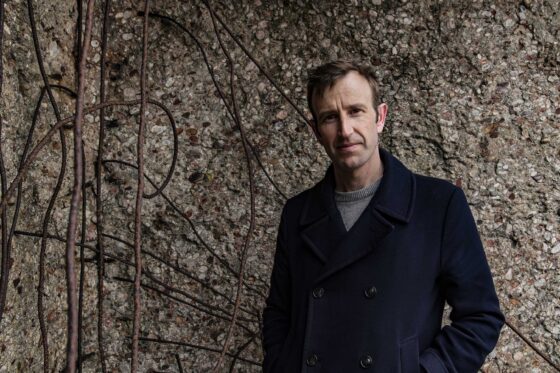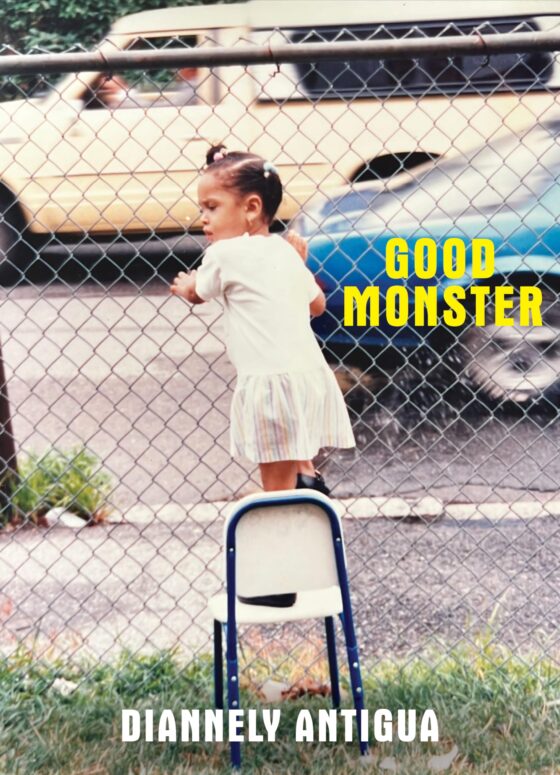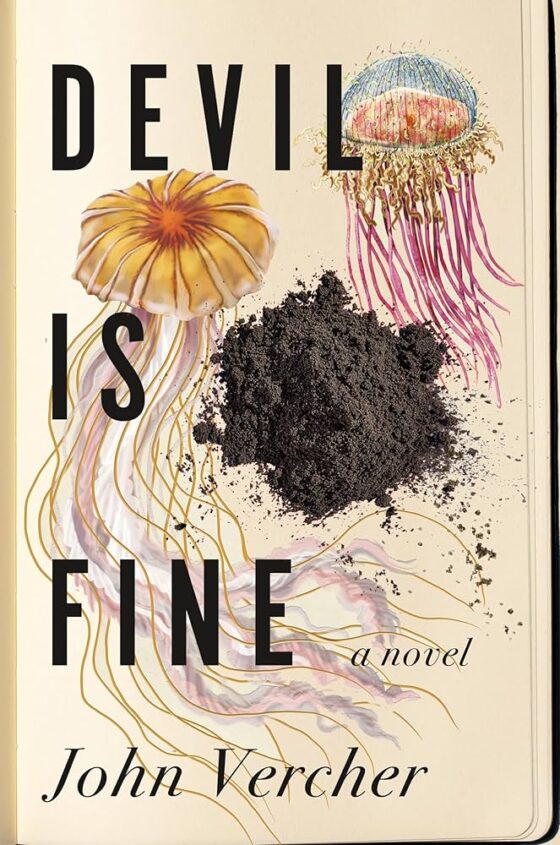
Kristín Ómarsdóttir’s novel, Children in Reindeer Woods, opens on a summer day during wartime in an unnamed country: the sun is high in the sky. Three soldiers cross a green meadow toward a two-story farmhouse. A small group of adults and children stands in the light breeze. A woman with a red tray meets them.
On the tray, freshly boiled eggs, milk, coffee.
One of the soldiers shoots the woman with the tray. The milk bottle and glasses shatter. The coffee pot clatters to the ground. Blood runs from the woman’s eyes as she grips the tray tightly and falls; she lies face down in the grass as if resting peacefully on a pillow, and blood leaks across it. The youngest child runs to her but is shot on the way. The cow lows in familiar fashion. The chickens hurry over to look at the bodies. The soldier who fired lowers his weapon. The other two shoot the dog, the woman, the man, two more children. But the girl is spared, seemingly without a thought. She lowers her arms to her sides. One soldier shoulders his weapon and takes one of the strutting chickens in his arms. “I’ve always wanted to hold a chicken,” he confesses.
In this way, Billie (an eleven-year old resident of Reindeer Woods, a temporary home for children) becomes the sole survivor and charge of Rafael, the soldier who, after slaughtering all the residents of the farm and his two compatriots and burying their bodies in the garden, exclaims, “No one ever told me that perhaps I could become a farmer.”
Thus begins Ómarsdóttir’s weird, modern fable, translated from Icelandic by Lytton Smith, in which lyric horror and awkward beauty coexist. A tale of Edenic gardens and automatic weapons, a cat, a cow, chickens, a singing nun, a puppet father, and “Barbie dolls who were mostly bald and dead.” The tale examines with poetic detachment and gallows humour, the painful and often brutal nature of nurture—the bonds between parents and children, men and women, people and animals. In a sense, it is a creation story that tells in disturbing but enduring language, how and why people come to be together.
Trading in his soldier’s boots for flip flops and farmer’s overalls, Rafael settles into a routine, caring for Billie and tending to the garden and farm animals while Billie plays with her dolls. Whenever anyone comes to the farm, Rafael kills them; the farm animals look on with detachment while Billie’s dolls take on a more active role mirroring the disturbing and farcical behavior around them. Despite his affinity for farm life and his affection for, in particular, the chickens, Rafael has a hard time restraining his soldierly instincts. When the chickens get into the farmhouse and shit on the floor, Rafael demands of Billie in a rage: “were they mocking us?” Later, Billie finds a chicken, possibly the chicken Rafael seems most enamoured of, hanging by a wire in the front yard. Yet, despite his propensity to violence, he makes himself responsible for Billie in a doting and often tender manner, mixing her bathwater with just “the right amount of hot water with the right amount of cold water, given that a child’s skin is sensitive to both hot and cold.”
Billie and Rafael’s relationship evokes comparisons: Holly and Kit of Terrence Malick’s brutally lyrical film Badlands, in which 25 year-old Kit leads 15 year-old Holly across the Midwest on a killing spree; or Brighton Rock, Graeme Greene’s apocalyptic thriller, in which the ascetic and murderous Pinkie marries innocent Rose in order to kill her but then develops something like affection for her.
But while Billie may be the child hostage of the perversely high-minded Rafael, she is not wholly naive. After blowing up a car with Rafael à la Bonnie-and-Clyde, she observes the event with a worldly detachment: “As though through witchcraft, in no time at all, things had disappeared from reality. She put on the sunglasses. They were a dead man’s sunglasses, but she didn’t care—who wasn’t dead nowadays.”
Ómarsdóttir is a celebrated novelist, poet, and playwright in Iceland with work translated into Swedish, Finnish, and French; in 2005, her play Segðu mér allt (Tell Me Everything) won Gríman, the Icelandic drama award. This explains her facility with absurdist dialogue and entrancing poetry. In the novel, there are many dialogues—between Billie and her dolls, Billie and Rafael, Rafael and his potential victims, and remembered conversations between Billie’s parents (one of whom is a puppet from another planet). In each, the language tends toward an existential absurdity, visiting both highs (Rafael says, “Hitherto I’ve always been subject to a fear of commitment”) and lows (Billie wonders, “How could people who farted on average five hundred times a year be sentimental?”), lending the story an epic tone while at the same time, grounding it in the primal. It’s a bit like reading Homer sitting in the outhouse. And in terms of Ómarsdóttir’s prose, repetitions of simple unsubordinated clauses strip sentences of their usual associations and imbue what should seem horrific with a mythic quality:
The soldier gathered the dog’s carcass in his arms and tossed it into the grave. He went into the house, came back with his arms full of colorful sheets, and wrapped a yellow sheet around one child’s body; down it went into the grave. He wrapped another child’s body in an orange sheet; down it went into the grave. The third child’s body could have gone in a light blue sheet, but it got a red one instead, and down it went into the grave. The girl stared at the light blue sheet as it lay on the grass beside a yellow ball.
The result is a disassociation that permits new possibilities; one that allows paradoxes like “life was good, even though it was bad.”
More blood falls onto the fertile ground in Children in Reindeer Woods than in the standard Icelandic saga, and in no obvious way does Ómarsdóttir refer directly to the folklore of her native state; indeed the country of the setting is never named. But there are echoes of that literature in the themes of novel: murders and marriages, farmers and warriors and strong women, betrayals and voyages to claim land.
In The Sagas, the lives and actions of characters are told without, what Billie would call, “cloying” emotionality. People’s lives and deaths are not judged or rendered sentimental. When we read great, timeless literature (which is what I’m sure this novel will turn out to be)—works that disturb as they soothe, offer hope as they crush it—we too, like Billie, are “getting practice in contradictions.” I think this is a painful but good thing.




